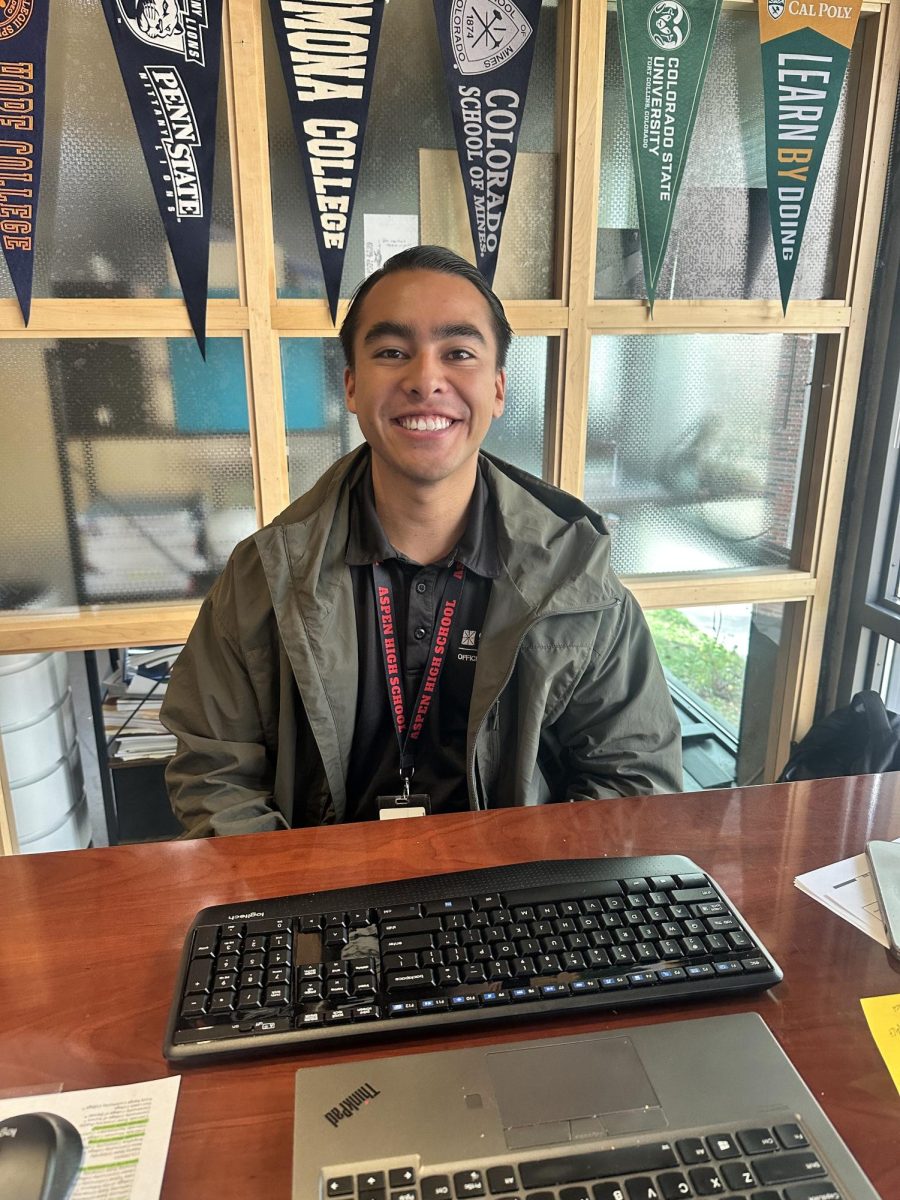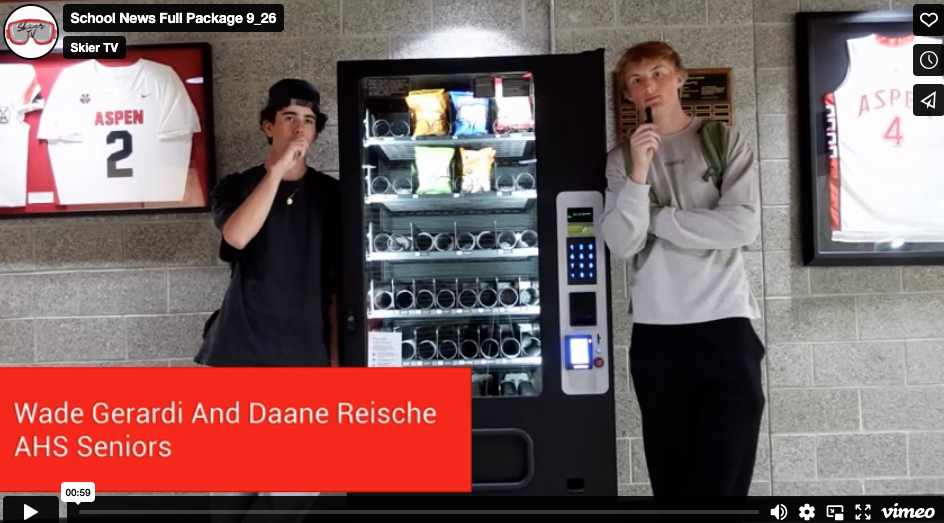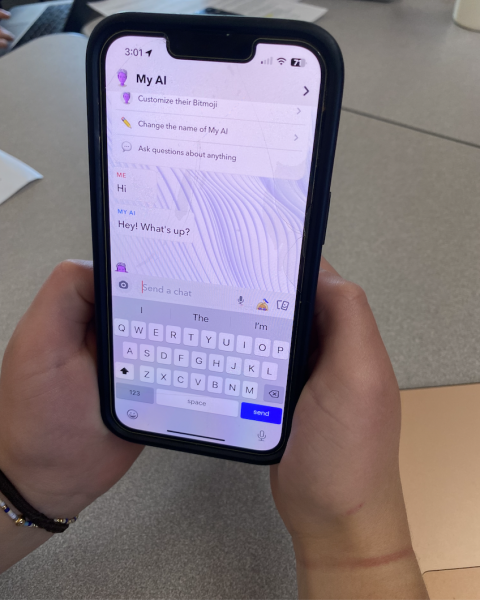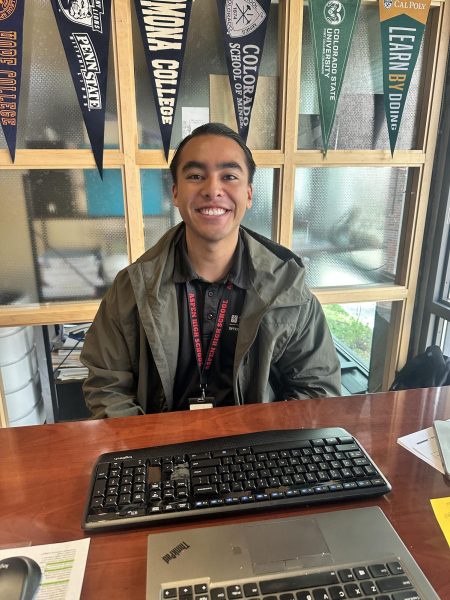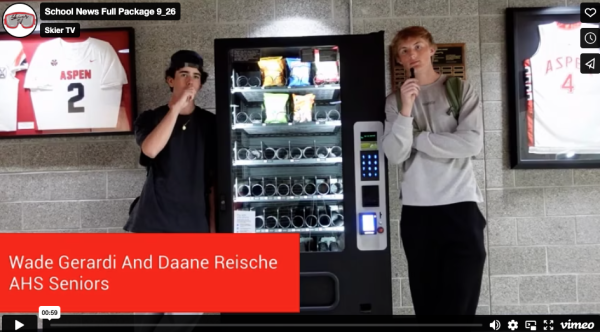The Darien Gap
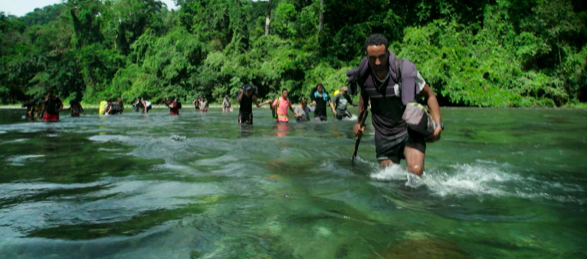
Photo courtesy of CBS News
People crossing a river as part of the journey through the Darien Gap.
The Darien Gap is the swampy 60-mile stretch connecting Panama to Columbia and given that the nickname of the gap is the ‘black zone,’ students should also become aware of the trauma that is demonstrated in the gap because it is a current problem happening near us.
Looking at a map, one may think they can have a smooth drive from the United States to South America, but there is the Darien Gap. With the dangers that this gap holds, one may want to consider flying. This is because there are plenty of things to kill someone, like venomous snakes, or even outlaws searching for money.
In the Gap, you will encounter immigrants, criminals, and researchers. You will not find the gap on the Bucket lists “50 best places to travel” unless conversing with drug lords and smugglers gives that stress-free vacation. This 60-mile path must be completed on foot. The terrain is nearly impossible to cover without spraining an ankle.
Previously, vehicles have been able to pass through; however, the journey took 136 days as the ‘speed limit’ was 220 yards per hour. Today, many travelers still struggle to successfully cross the Gap, if the terrain doesn’t make turn around, maybe encountering some desperate criminals will. When planning your trip across the Gap make sure you are prepared for drug profit competition, terrorization, killings, armed assaults, people transporting weapons and cocaine, 90-degree weather and a low chance of coming back with no scratches or blisters.
Given the severity of the area, you would think people are familiar with the place. But after interviewing different AHS students, I discovered this wasn’t true. Of the ten people I questioned, only one knew what the Darien Gap was. While also learning about global warming, current wars, and global affairs, given the severity of the gap students should become aware of the gap. History is important but we should be talking about the present problems that are affecting us right now.
Although there is the Revolutionary Armed Forces of Columbia (FARC), who control access to the most direct line through the Gap, this doesn’t mean it is safe. Next trip you plan, you might want to consider Iceland or New Zealand – the countries voted to be safest in the world.
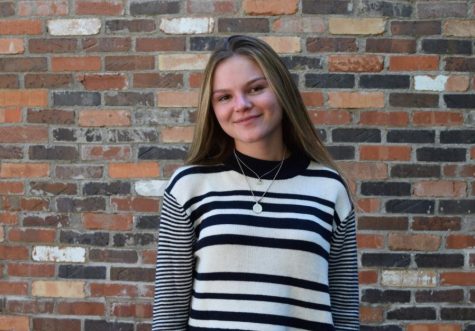
Ava Thornely is a Senior at Aspen High School. This is her third year as a writer and second as a social media manager. In her free time she enjoys skiing,...




